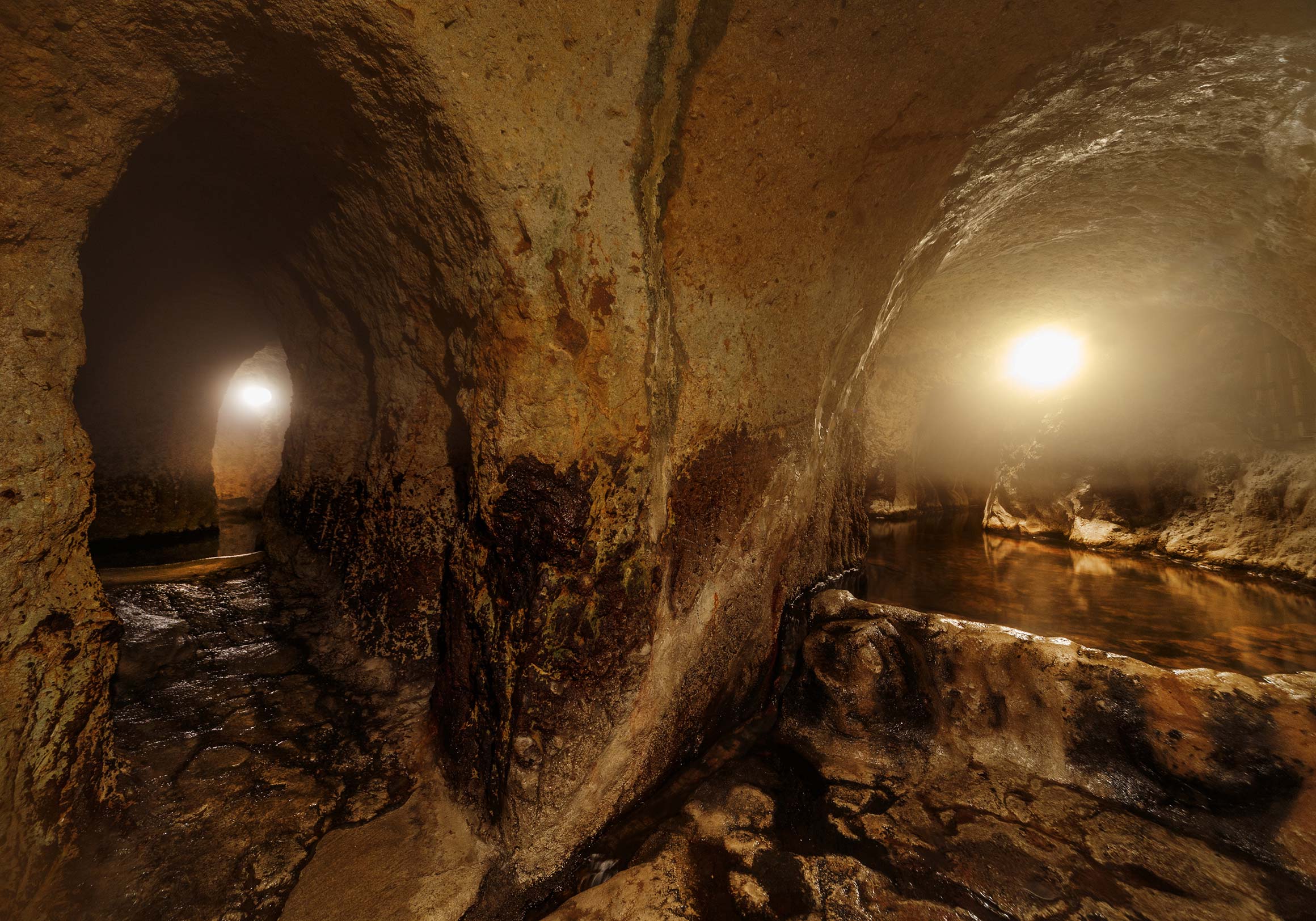
Shinmeikan
Kurokawa Onsen
Kumamoto
Mountain Inn
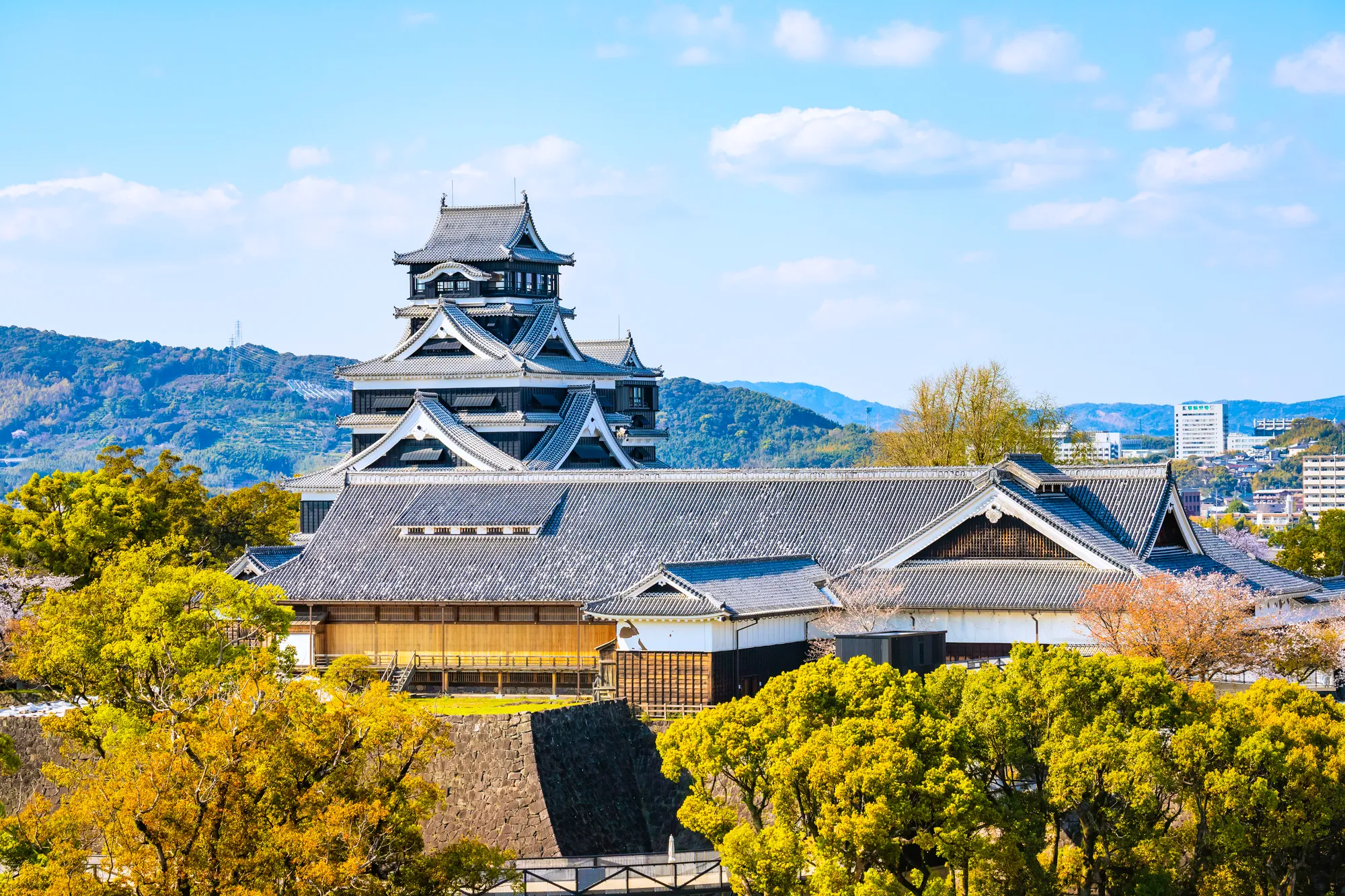
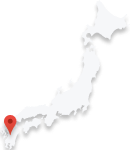
Kumamoto Prefecture is located in the Kyushu region of Japan and is known for its beautiful nature and historical heritage.
Kumamoto City is the capital of the prefecture and is famous as a castle town. Kumamoto Castle is a national treasure, and its magnificent appearance and stone walls are a masterpiece. You can get a taste of the historical background.
There are many attractions in the prefecture for nature lovers and history buffs. Mt. Aso is a nature conservation area with a vast caldera and beautiful scenery in all four seasons.
.webp)
The food culture is also substantial, and specialties include horse sashimi, which is a horse meat dish, and Kumamoto ramen. The cuisine that makes use of local ingredients is popular not only for tourists but also for gourmet travelers.
Kumamoto Prefecture is also rich in traditional festivals and events, for example, you can experience the unique culture of the region, such as the Kumamoto Castle Town Festival and Kumamon events.
Kumamoto Prefecture is a wonderful area with natural beauty, historical heritage, delicious food, and warm local people, making it a place worth visiting.
.webp)
< Shinkansen >
Tokyo Station (Tokaido / Sanyo Shinkansen) → Shin-Osaka Station → Kumamoto Station (about 5 hours 30 minutes)
<Airplanes, trains, buses>
Tokyo Station → Shinagawa Station→ Haneda Airport Terminal 3 Station→ Haneda Airport→ Kumamoto Airport→ Kumamoto Station (about 3 hours 10 minutes)
< Shinkansen >
Nagoya Station (Tokaido/Sanyo Shinkansen) → Himeji Station→ Kumamoto Station (about 4 hours 20 minutes)
<Airplanes, trains, buses>
Meitetsu Nagoya Station → Chubu Centrair International Airport Station →Chubu Centrair International Airport→ Kumamoto Airport→ Kumamoto Station (about 3 hours 20 minutes)
< Shinkansen >
Shin-Osaka Station (Tokaido/Sanyo Shinkansen) → Kumamoto Station (about 3 hours 20 minutes)
<Airplanes, trains, buses>
Osaka Umeda Station→ Hotaruike Station→ Osaka Airport Station→ Osaka International Airport→ Kumamoto Airport→ Kumamoto Station (about 3 hours)
.webp)
Kumamoto Prefecture is rich in Onsen resorts, and its history dates back to ancient times. Onsens in Kumamoto Prefecture are rooted in the traditional culture of Japan of visiting Onsen resorts to promote health.
There is a tradition that Minamoto Yoriyoshi, a samurai about 1200 years ago, visited this area and cured himself in Onsens.In addition to people, there is also a Onsen resort that is said to have been triggered by a white egret swooping down and healing its wounds.
In Hinaku Onsen, a legend has been passed down.
About 600 years ago, there was a boy named Rokuro. Rokuro's father, Ukon, was severely wounded in the battle. Rokuro prayed for his father's recovery and went to Itsukushima Myojin almost every day. One day, God told me. Following the instructions, I dug into the shallow waters of the sea and found Onsen water. It is said that Rokuro healed his father's wounds with the hot water.
Following this episode, it came to be called "the Onsen of filial piety."
The place where Rokuro is said to have discovered the Onsens was a Onsen shrine built to enshrine the gods. The main hall of this shrine has beautiful carving techniques, a good view of the surrounding area, and the cherry blossoms in full bloom in spring.
.webp)
The "family Onsen" that developed independently in Kumamoto Prefecture is also indispensable when talking about the history of Onsens in Kumamoto Prefecture.
A family bath is a private bath that can be used by reserving a room. In particular, there are many scattered in the northern part of Kumamoto Prefecture. It is said that the reason for the birth was that it was created with the idea that the whole family could enter the room after listening to the voices of local people who said, "It is difficult to take care of children if the couple enters separately."
Even today, the family Onsen culture remains in Kumamoto Prefecture, and you can enjoy it with your family and friends in a completely private space.
Kurokawa Onsen is located far from the highway and the station, so it is not easy to access.
However, Kurokawa Onsen is one of the leading Onsen resorts in Japan, with about 1 million day-trippers and 300,000 overnight guests.
Let's explore the secret of Kurokawa Onsen's popularity.
There is a legend of the birth of Kurokawa Onsen. Jinkichi, a poor salt seller, had a sick father. His father wants the melon, but Jinkichi has no money. I had no choice but to offer salt to the local jizo and steal the melons from the melon field.
However, he was soon found and beheaded by the landowner. However, it turned out to be the head of Mr. Jizo! Jizo-sama took his place and protected Jinkichi. Later, in order to worship the Jizo-sama with only the neck in another place, a practitioner decided to bring the Jizo-sama home. In the middle of the trip, when we came to Kurokawa, Mr. Jizo suddenly called out, "Please put it here." So I decided to build a temple in Kurokawa.
Then, Onsens suddenly began to spring up in this area, which is said to be the beginning of Kurokawa Onsen. Even now, Jizo-sama is enshrined in the center of Kurokawa Onsen.
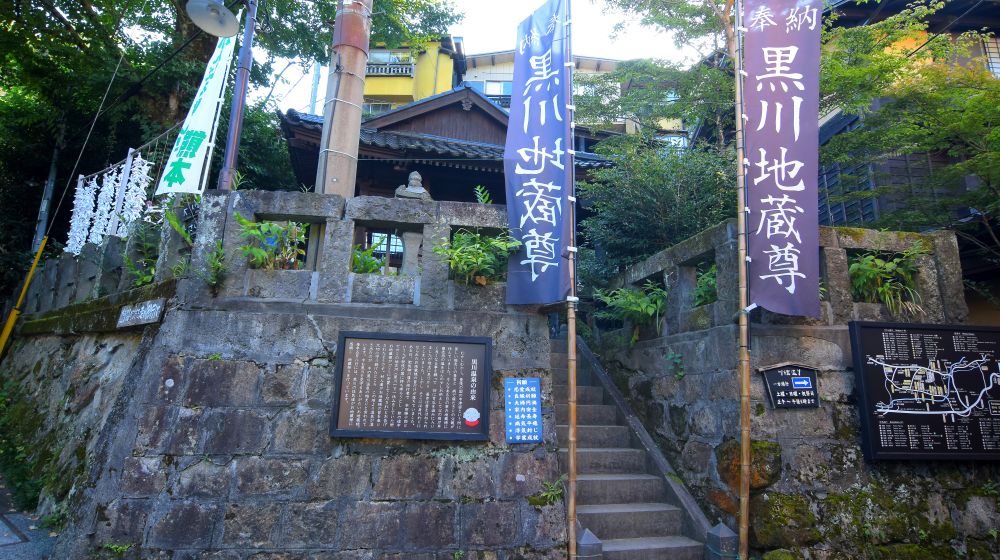
From the middle of the Edo period to the Meiji era, it was used as a place for Onsen healing that was well effective for injuries.
In 1961, a union was established by six inns. This is the start of the concept of "Kurokawa Onsen town with a collection of open-air baths". However, due to the effects of the two oil shocks, the situation continues to be not lively.
In 1986, the union was reorganized. We promoted the creation of the scenery of the Kurokawa Onsen town and the formation of an open-air bath. Rather than making a profit in one house, he wanted to liven up Kurokawa Onsen Village in the entire area, so he came up with the idea of a "bathing bill" that allows you to use all of Kurokawa's open-air baths.
This bill of bathing quickly gained a reputation, and the "open-air bath Kurokawa Onsen" became known throughout the country.
In 2016, the Kumamoto earthquake occurred twice, recording a maximum seismic intensity of 7. Even so, the people of the region are always working together to make Kurokawa Onsen Village even more proven.
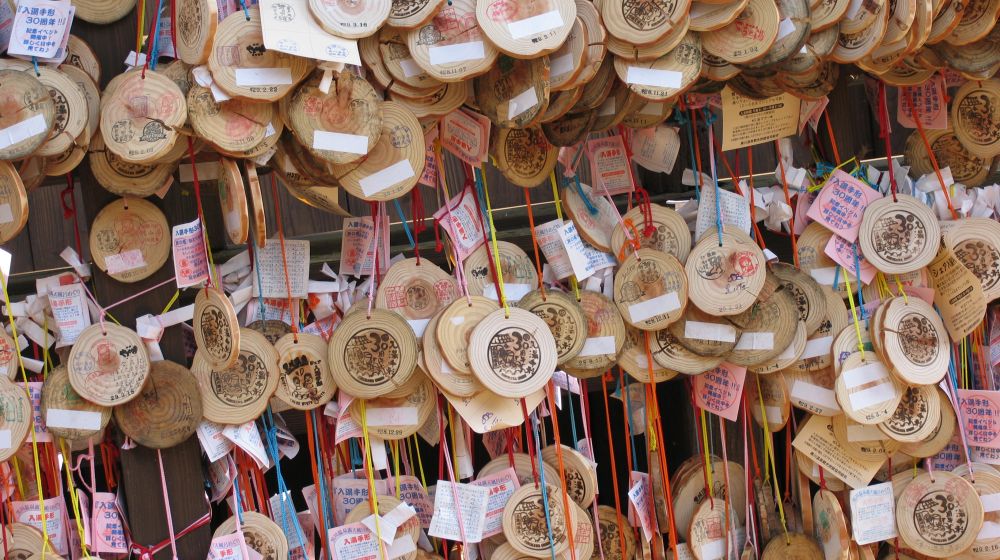
In Kurokawa Onsen Town, there are dumpling shops, shops where you can eat tofu cuisine, and shops where you can buy souvenirs typical of Japan.
It is also recommended to wear the yukata provided by the ryokan and walk around the Onsen village.
The main springs in Kurokawa Onsen are simple sulfur Onsens and weakly alkaline simple Onsens.
The quality of the springs varies depending on the inn, so it is good to be able to go around with a bathing bill. There are also various types of accommodation. There are also types that emphasize privacy, such as inns where you can stay at a reasonable price, and inns that are limited to couples and adult couples.
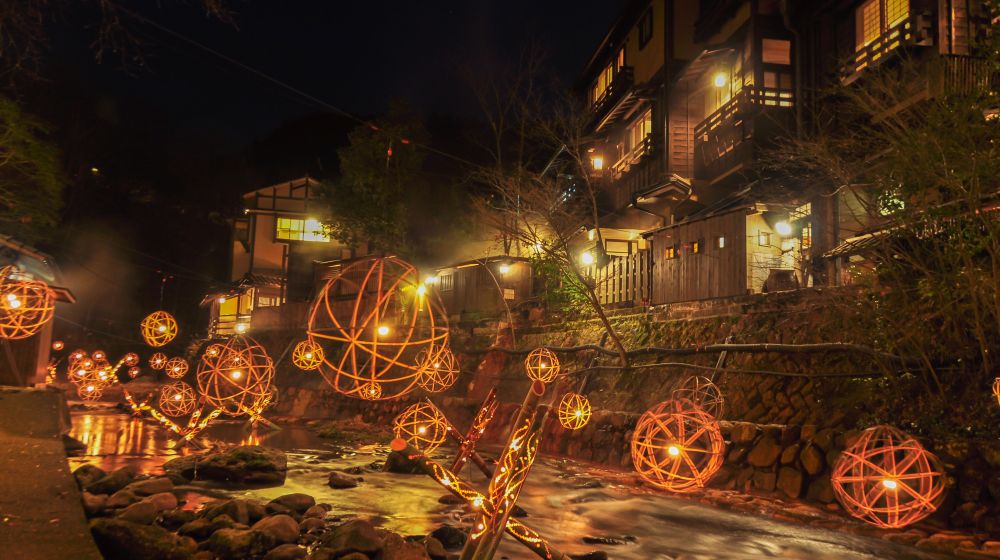
Shimoda Onsen is located in Amakusa City. It is located on a remote island connected to the mainland by a bridge.
It is also an island where dolphin watching can be enjoyed all year round, and fossils of one of the largest carnivorous dinosaurs in Japan have been discovered. The ceramic stones mined in the Amakusa West Coast region are highly regarded for their quality.
It is shipped to pottery production areas outside the prefecture, such as Arita ware. It is characterized by its high strength, and when baked, it is finished in a clear and beautiful color without turbidity.
You can also enjoy beautiful scenery such as Todoroki Falls and Myomiura. Seafood such as flounder, amakusa lobster, etc. are also fresh and very tasty.
Shimoda Onsen, which overlooks the East China Sea, is highly regarded for its beautiful sunsets.
Shimoda Onsen is a Onsen resort that is said to have been gushing out of a place where a wounded egret was healing his wounds. It is also said to be a mysterious Onsen resort, and Onsen resorts in Japan are broadly classified into volcanic Onsens and non-volcanic Onsens, but this Onsen resort is neither.
It is said that it may be the frictional heat of the strata from the Cretaceous period.
It is said that there is a flow of 1,500~2,000 tons per day under Shimoda Onsen (1970 data). The temperature of the source is about 51 degrees, which is the temperature of 40 ~ 42 degrees when it is brought to the bathhouse, and Shimoda Onsen is a pure natural Onsen that is not watered.
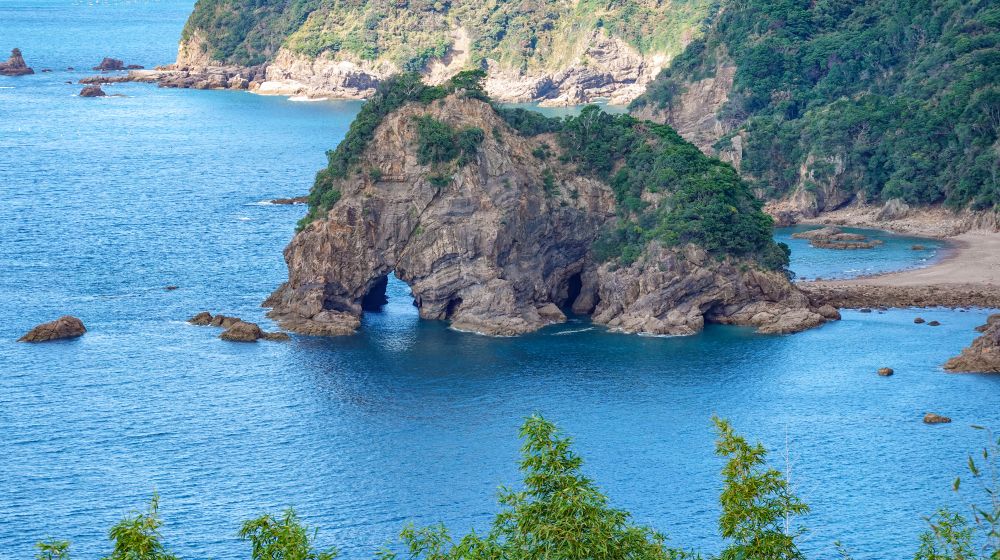
The quality of the spring is sodium bicarbonate and chloride spring. It is expected to improve chronic digestive diseases, liver diseases, diabetes, and gout.
It is also expected to be effective for cuts, burns, neuralgia, joint muscle pain, chronic skin diseases, frozen shoulder, motor paralysis, joint stiffness, bruises, sprains, chronic digestitis, hemorrhoids, sensitivity to cold, and fatigue recovery.
We will introduce the features of Shimoda Onsen inn.
A Onsen inn where you can enjoy a resort feeling using plenty of granite. Spacious rooms with open-air baths. There are many wonderful inns that boast dishes made with fresh seafood.
There is a foot bath in the center of Shimoda Onsen. Locals also use it, so I think it's fun to talk to them.
There are several ways to get to Shimoda Onsen. Since the bridge is connected to Honshu, you can also come by car. Trains are also available.
By bus, take the Rapid Amakusa from the Kumamoto Station bus stop or the Kumamoto Transportation Center to the Hondo Bus Center in 2 hours and 30 minutes. If you are arriving by Amakusa Airlines, it is a 40-minute drive from Amakusa Airport. You can also rent a car from the airport.
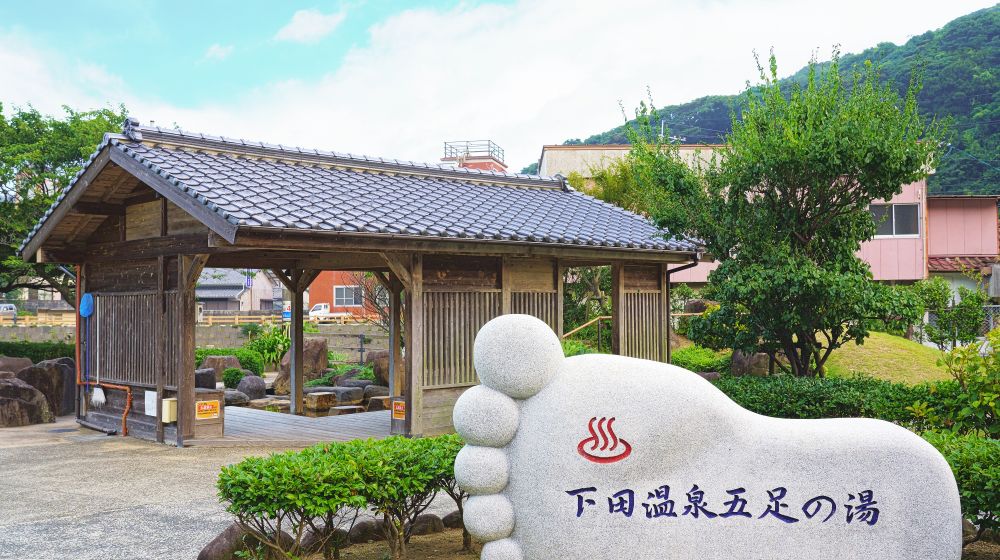
With a history of more than 100 years, Uchimaki Onsen has been loved by many famous literary figures such as novelist Natsume Soseki and poets Yosano Tetsukan and Akiko.
There are more than 130 Onsens in the area that can be explored on foot, and there are 7 Onsens in the town and about 20 inns and hotels. Each has its own Onsen and is filled with fresh hot water. In addition to sulfate springs, most Onsen facilities contain 100 mg or more of metasilicic acid. It also contains lithium, which promotes relaxation.
A caldera tour of Aso is also held, and it is a special tour to provide "hospitality unique to Aso" to guests staying at accommodation facilities that are members of the Aso Onsen Tourism Ryokan Cooperative.
Aso's Aka beef and traditional Dengaku cuisine certified by SAVOR JAPAN are served on a charcoal grill for precious grassland dining. A hot air balloon ride that allows you to climb to a height of 40 meters and overlook the five peaks of Aso and the magnificent scenery is also very popular.
We also offer tours where you can take a walk on horseback around the golf course in Aso. You can spend a quiet night under a sky full of stars. There is also a nighttime program where you can feel the world of the active volcano Aso Nakadake, which still erupts, so please check it out.
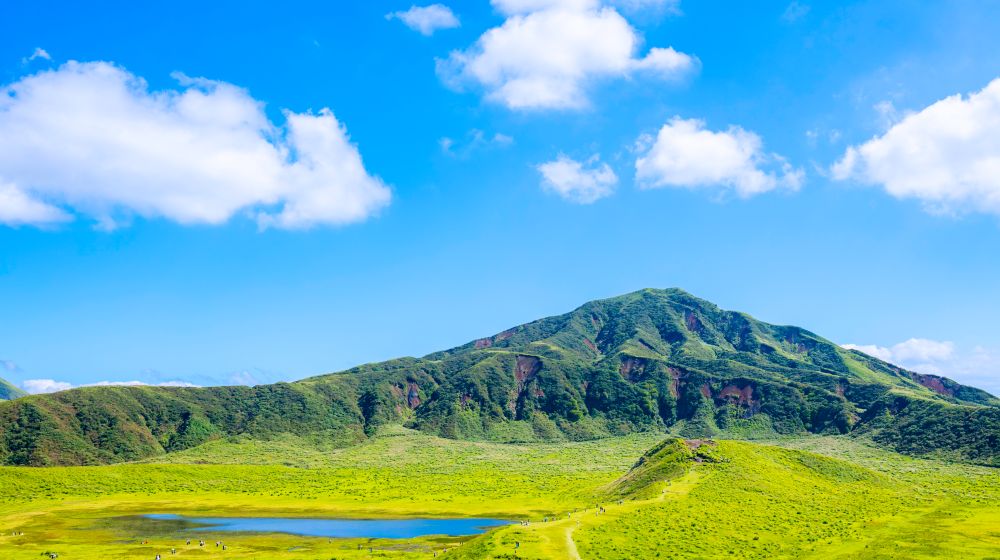
Next, let's introduce Onsens.
The main spring quality is sulfate spring, simple Onsen, simple Onsen (weakly alkaline), and bicarbonate spring. It is expected to improve neuralgia, muscle pain, joint pain, frozen shoulder, motor paralysis, joint stiffness, bruises, sprains, chronic digestive diseases, hemorrhoids, sensitivity to cold, recovery from illness, recovery from fatigue, health promotion, cuts, burns, chronic skin diseases, arteriosclerosis, diabetes, gout, chronic cholecystitis, cholelithiasis, obesity, chronic constipation, and liver disease.
Beautiful skin and beauty effects are expected to be effective in sagging care, beautiful skin regeneration, dry skin care, moisturizing power, collagen metabolism increase, and relocation effect.
Uchimaki Onsen has a reputation for plump and firm skin.
There are also many day-trip Onsens called machiyu in Uchimaki Onsen, so it is recommended to take a bath while comparing the differences in various spring quality.
Each inn in Uchimaki Onsen has its own personality. There are many inns where you can feel the warmth as if you were at home in Japan, where you can enjoy a luxurious buffet using seasonal ingredients, and where you can enjoy various Onsens.
There are also inns that value private spaces where all rooms are detached and equipped with natural Onsens.

There is a record that Yamaga Onsen has been used as a Onsen resort for more than 1,000 years.
It is said that about 1800 years ago, he discovered the Onsens after seeing a wounded deer healing his wounds in a swamp.
The quality of the spring is soft and the amount of hot water is abundant, and the water is lukewarm, so you can enjoy the Onsen slowly. Onsens are scattered throughout the area, and you can also go around the Onsens.
There is a street called Buzen Kaido, which has flourished as the main street of Yamaga since the Edo period. The buildings and streets make you feel like you've stepped back in time while retaining the remnants of that time.
What enlivens the Buzen Highway is the concierges who entertain people with their unique characters. Ask them anything about Yamaga and they will give you good suggestions.
.webp)
Various Japan experiences are also available. Learn from an active lantern maker and experience making mini lanterns. There is a rare mud dyeing experience where you can dye stoles and handkerchiefs using red clay from the Onsens of Yamaga and the foot of Fudo Rock. Dyed using only natural materials, the fabric will be finished in chic and warm shades.
Here are some of the features of Yamaga Onsen. The quality of the springs is simple Onsens (weakly alkaline), simple Onsens, and alkaline simple Onsens. It is expected to be effective for neuralgia, muscle pain, joint pain, frozen shoulder, motor paralysis, joint stiffness, bruises, sprains, chronic digestive diseases, hemorrhoids, sensitivity to cold, recovery from illness, recovery from fatigue, and health promotion.
It also has positive effects for women, such as pore care, cleansing power, collagen metabolism increase, and relocation effect. It has a reputation for smooth, baby-like skin.


Kurokawa Onsen
Kumamoto
Mountain Inn
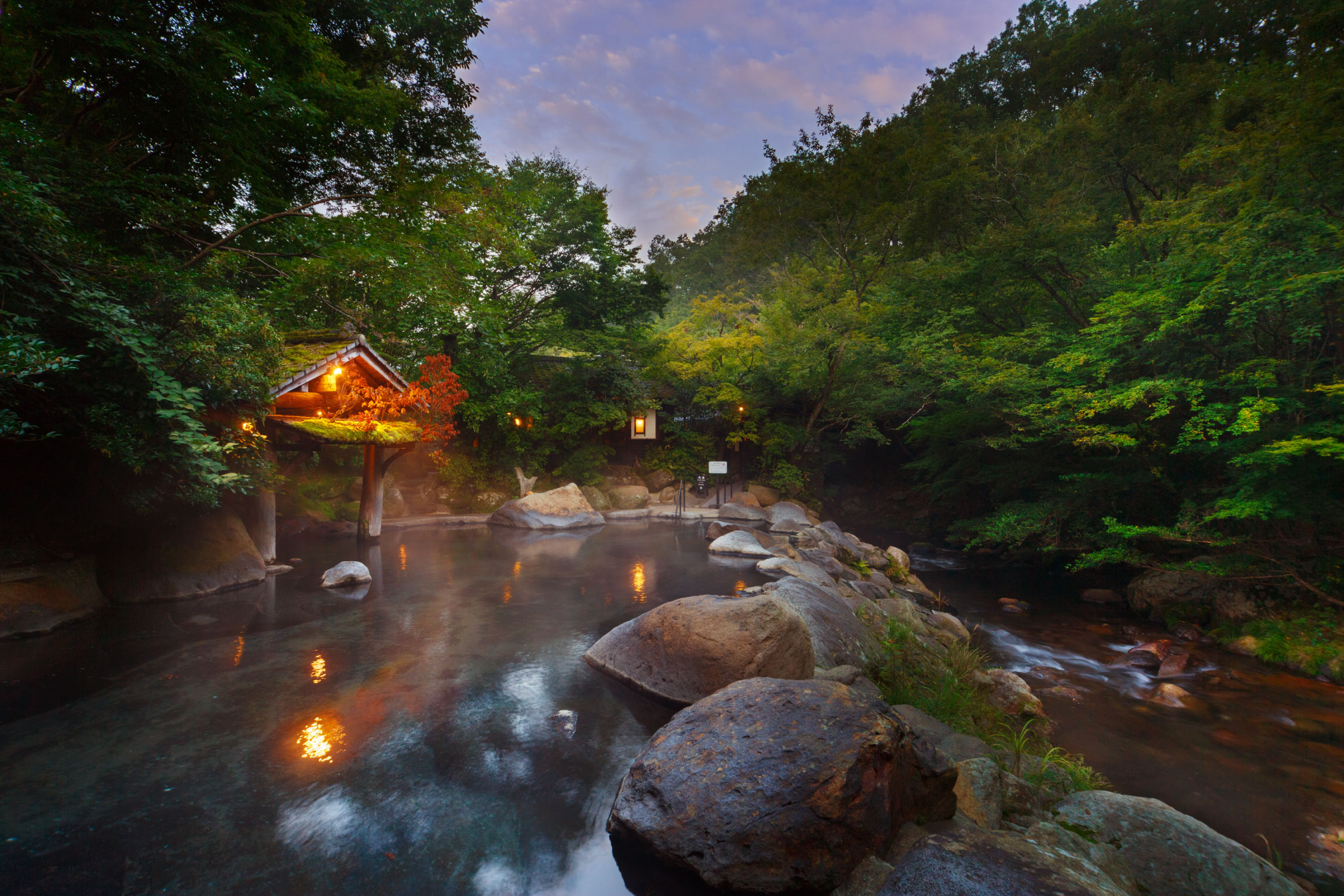
Kurokawa Onsen
Kumamoto
Accommodation in the mountains
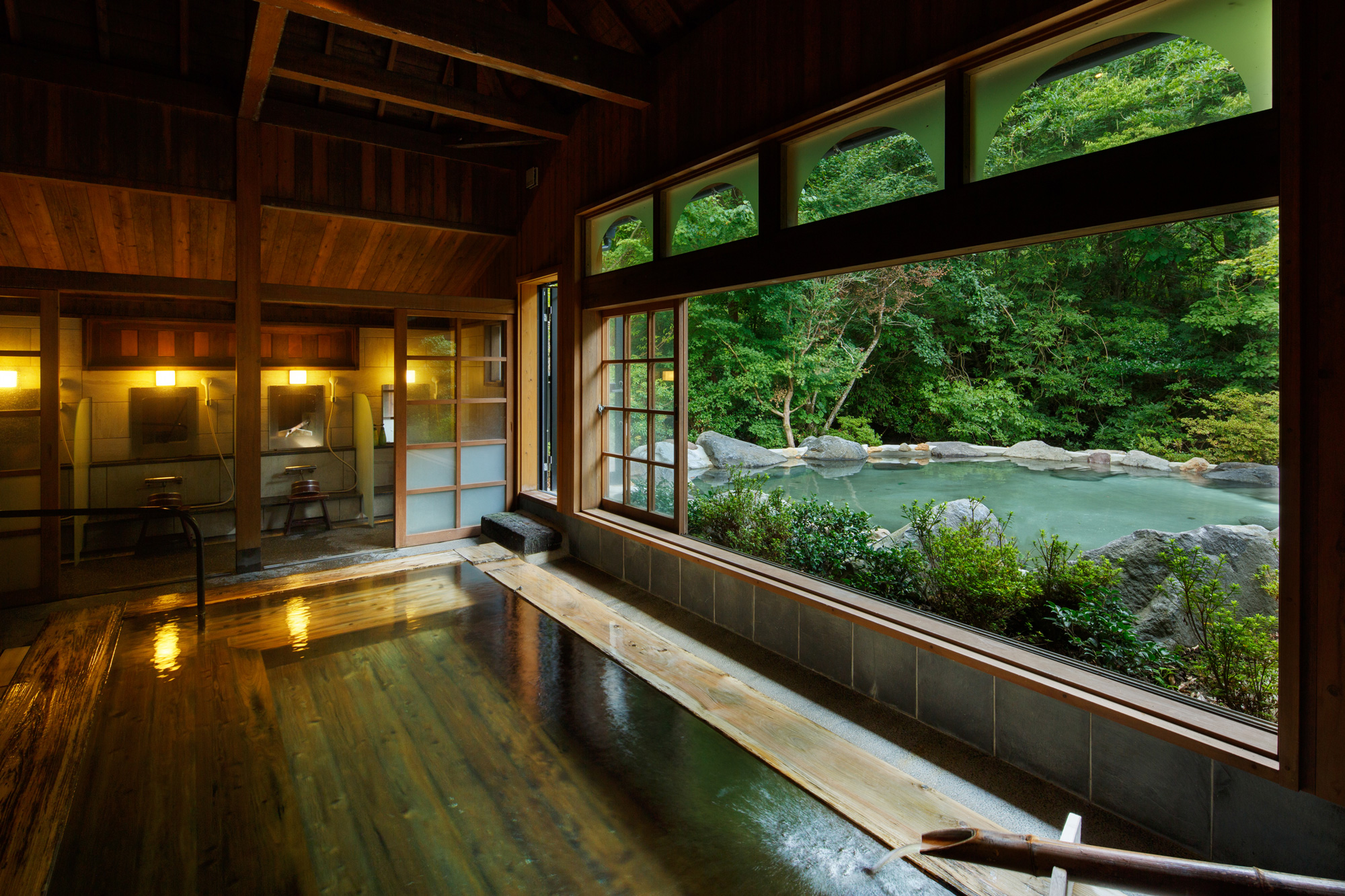
Kurokawa Onsen
Kumamoto
A nostalgic alternate world
.jpg)
Other Onsens in Kumamoto
Kumamoto
Welcome to Hizenya